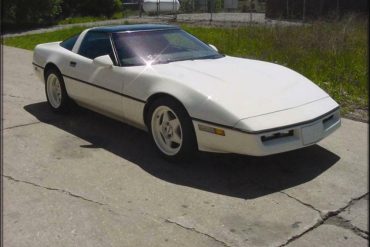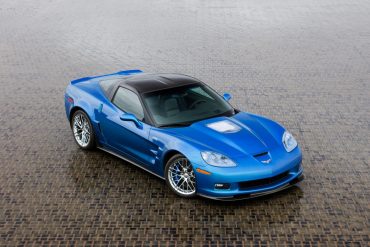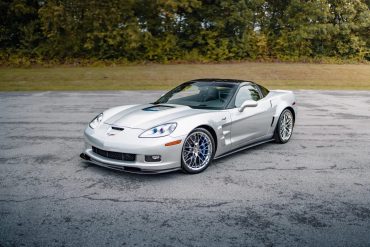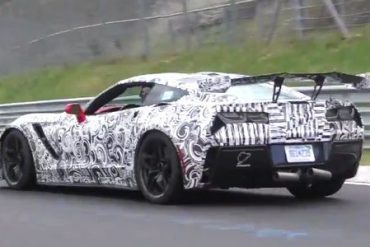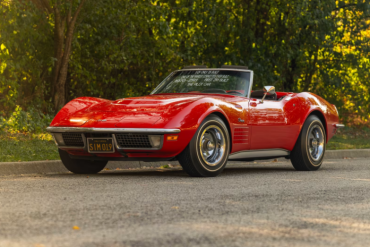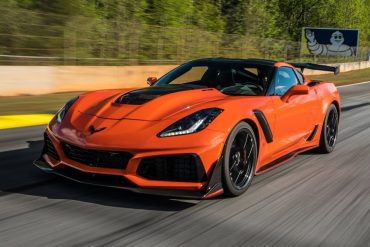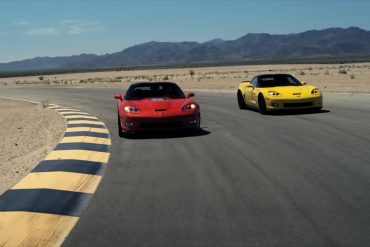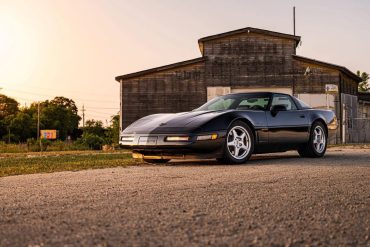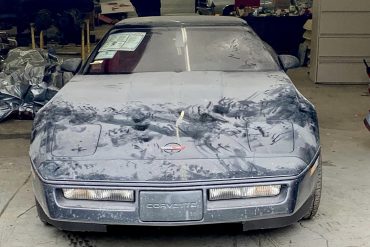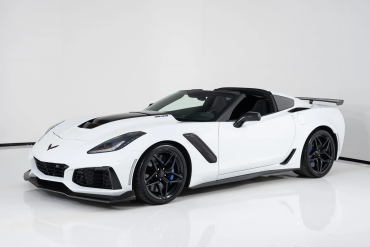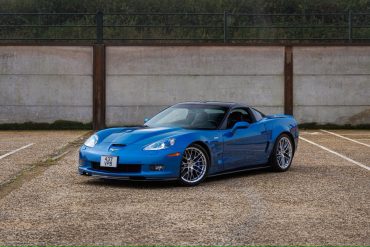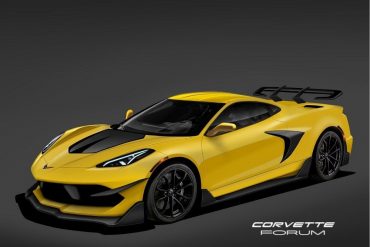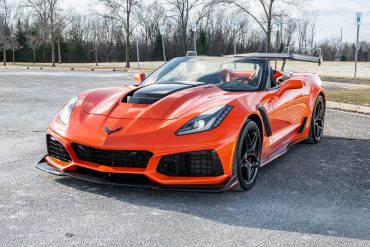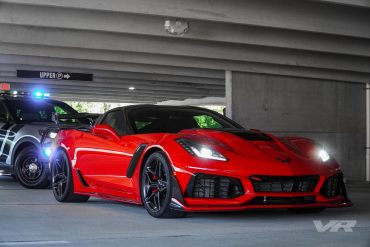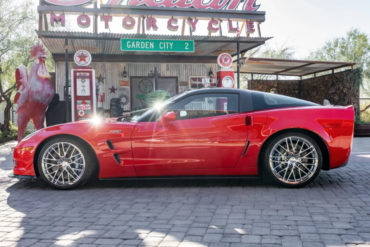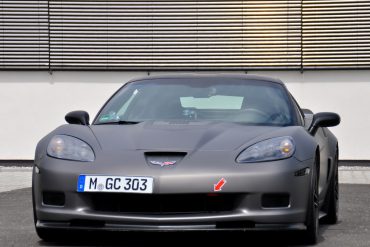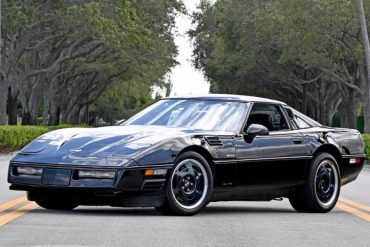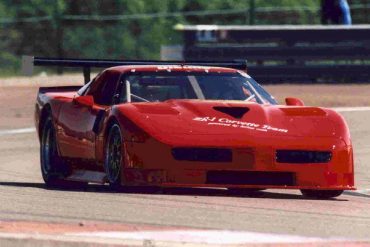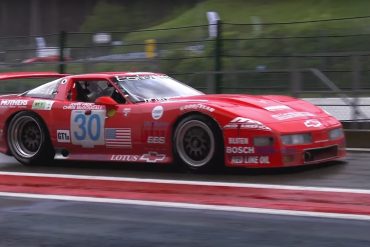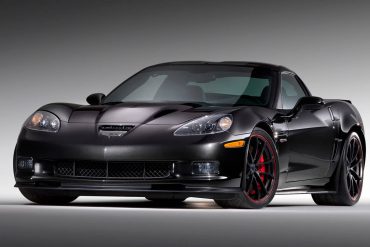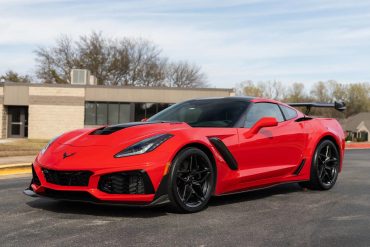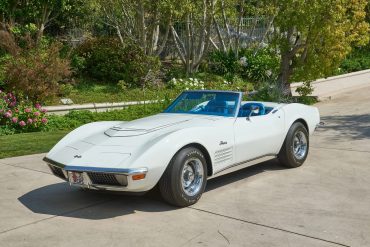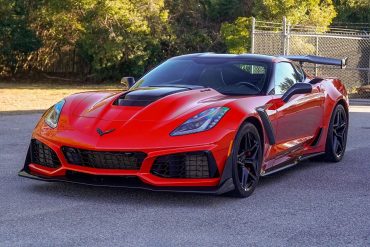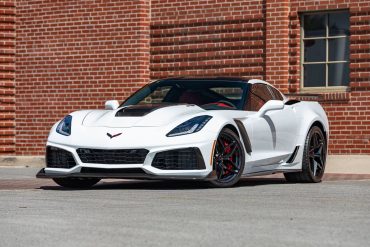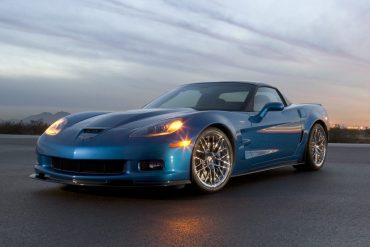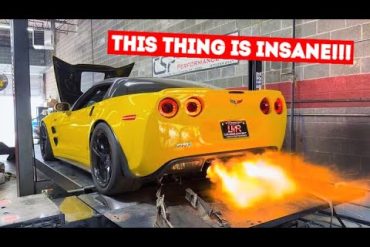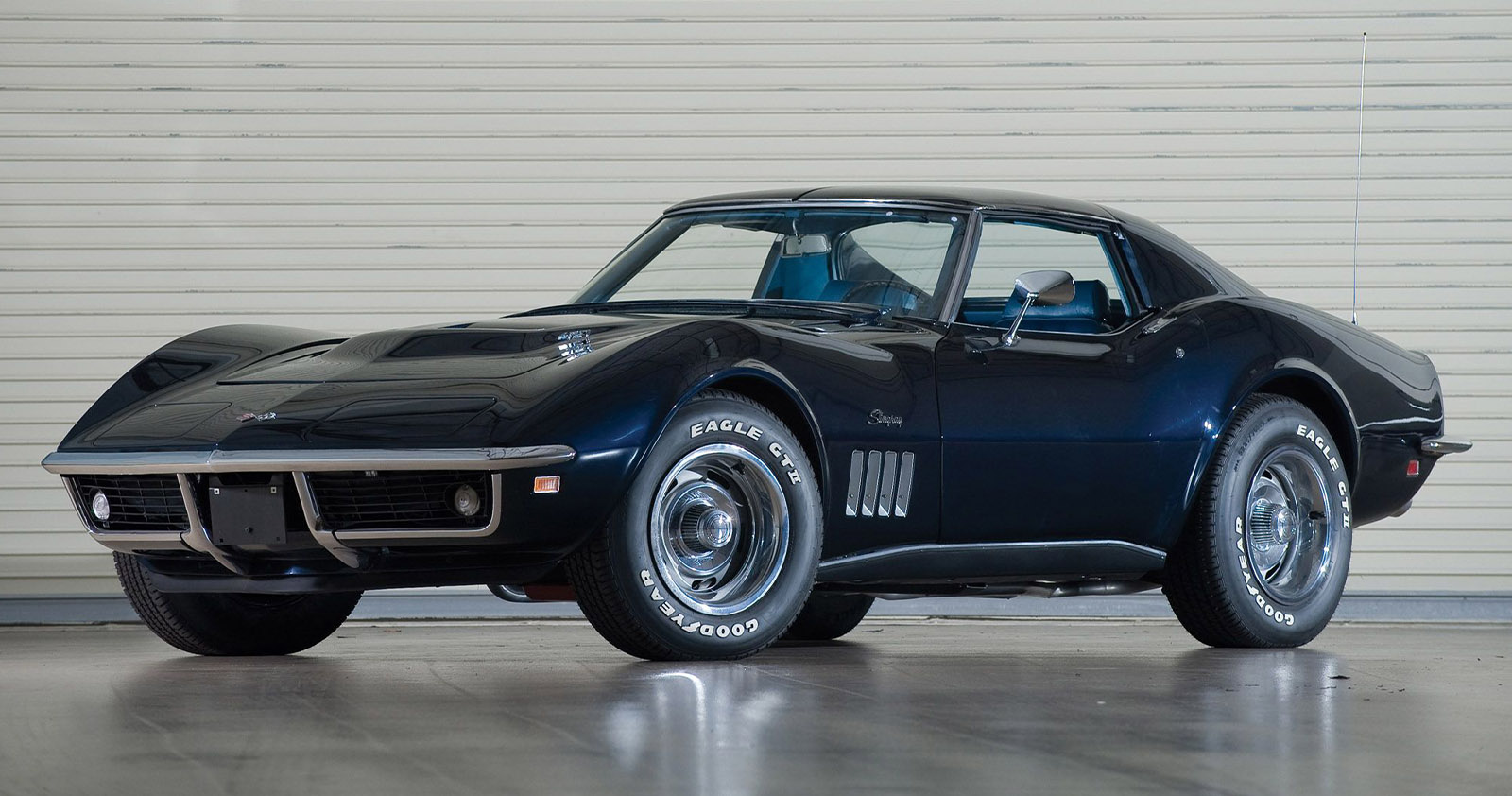In the late 80s, Chevy was developing what some dubbed a ‘Super Vette.’ But the 1989 debut of the Dodge Viper sent GM engineers on a new path to develop a ‘Viper-Killer.’ It started with a factory test mule and the experiment was to see how a ZR-1 would perform if given more power and less weight. It was so fast it was called "Snake Skinnner", for it's ability to beat the Viper and Cobra.
The ZR-1 returned with the 1990 Corvette lineup after an eighteen year hiatus. This time, it featured a special LT5 engine that had been developed by Lotus (which, at the time, had been a subsidiary of General Motors.) The LT5 engine featured an all-aluminum block, four overhead camshafts, and 32 valves. It also featured an air management system which enabled the car to maintain proper operation while closing off half of its fuel injection system.
The 2009 Chevrolet Corvette ZR1 was a significant milestone in Corvette history, with just 1,415 units produced for that model...
Spy Photos Reveal Clues About the Next ZR1 Corvette Since the introduction of the C7 Stingray in 2014, Corvette enthusiasts...
As we approached the weekend, the internet blew up when new pictures of camouflaged ZR1s from San Diego, California, started...
Are you ready to see an epic battle between a 2013 Corvette ZR1 vs 1952 Willys Jeep? It’s worth noting...
Thanks for joining CorvSport today as we continue our coverage of the spectacular kick-off for Mecum’s collector car auction season....
The 2019 Corvette ZR1 was developed with the intent of building a super-car iteration of the Corvette that pushed the limits of...
Technical Editor Michael Austin from Car and Driver compares the two best Corvettes offered in 2013, the ZR1 and the...
Despite rave reviews and impressive performance, the 1990 Corvette ZR-1 struggled to find buyers. Sales dropped from a peak of...
Perhaps one of the coolest social media sites for us enthusiasts, whether we’re addicted to Corvettes or not, is the...
Bring A Trailer is offering another 2019 Chevrolet Corvette ZR1 finished in Arctic White over a Jet Black upholstered and...
When production ceased on the “King of the Hill” C4 ZR1, with its Lotus-tuned V8 and specialized suspension, in 1995,...
This Is What You Can Expect With the C8 Corvette’s official reveal right around the corner, you better bet that...
As the ultimate front-engined Corvette, the 2019 ZR1 has a supercharged and intercooled 6.2L V8 engine with an astounding 755...
One of the hottest topics I see while living my day on multiple social media Corvette pages is enthusiasts searching...
Hold on to your wallets as three very interesting Corvettes are being offered by Bring A Trailer. There is the...
At the Essen Motor Show 2012, German tuner Geiger Cars showcased their highly-tuned version of the Corvette ZR1. The ZR1’s...
This vehicle pioneered the advantages of “Active Suspension” and had GTP Corvette race car technology. Built at the Bowling Green Plant, this vehicle was developed as a prototype for a limited edition run in the 1990 model year. Chevrolet ordered it to be built with a complex, high-tech active suspension that includes an Eaton hydraulic pump and Moog actuators. This car and the technology inside of it led to the Active Handling system GM released in 1996.
This car was created by Doug Rippie. His claim to fame was the Corvette Challenge Series. Rippie loved racing Corvettes in the US, but, his life-long dream was to take on the world-class marques at Le Mans. So, when Chevy introduced the C4 ZR1 the opportunity was opened up. Via his collaboration with MerCruiser and Lotus Engineering, all with Chevy’s blessing, the "Black Widow" program created special street and race versions of the LT5 engine. This engine made 525hp.
Built in 1995 by Doug Rippie Motorsports, this ZR-1 Corvette is the only such example to compete in the 24...
Exclusive footage of a 2013 Corvette ZR1 drifting. ...
The Centennial Edition came finished exclusively in a Carbon Flash Metallic finish with satin-black graphics. Special badging graphics signifying Chevrolet’s racing history, including an image of Louis Chevrolet on the B-pillars, were added as accents to the cars finish. The wheels were also finished in satin black. All models also received red brake calipers. The exterior color scheme of the Centennial Edition Corvette is reinforced inside the car.
The 2019 Chevrolet Corvette ZR1, the fourth model to carry the legendary ZR1 badge, is an absolute performance beast. Powered...
The 1970-72 ZR1 package make it one of the rarest small-block production Corvettes of all time. With only 53 units...
The 2019 Chevrolet C7 Corvette ZR1 is the ultimate iteration of the C7 lineup, combining cutting-edge performance with premium features....
With just 14 miles on the odometer, this ZR1 is an exceptional find, especially being the last C7 ZR1 ever...
Welcome back to this week’s installment of CorvSport’s Listings We Love series, where we comb the internet for the most...
The 638-hp, 6.2-liter supercharged V-8 LS9 engine features such niceties as titanium connecting rods and intake valves, a forged steel crankshaft, and a dry-sump oil system. The suspension has magnetorheological shocks that enabled Chevrolet engineers to use softer springs than in the conventionally damped Z06. Corvette's top dog model is no joke and an accomplished sports car that puts up a good fight against the world's best.
The Chevrolet Corvette has always been a favorite among car enthusiasts and gearheads who love to modify them. Street Speed...


